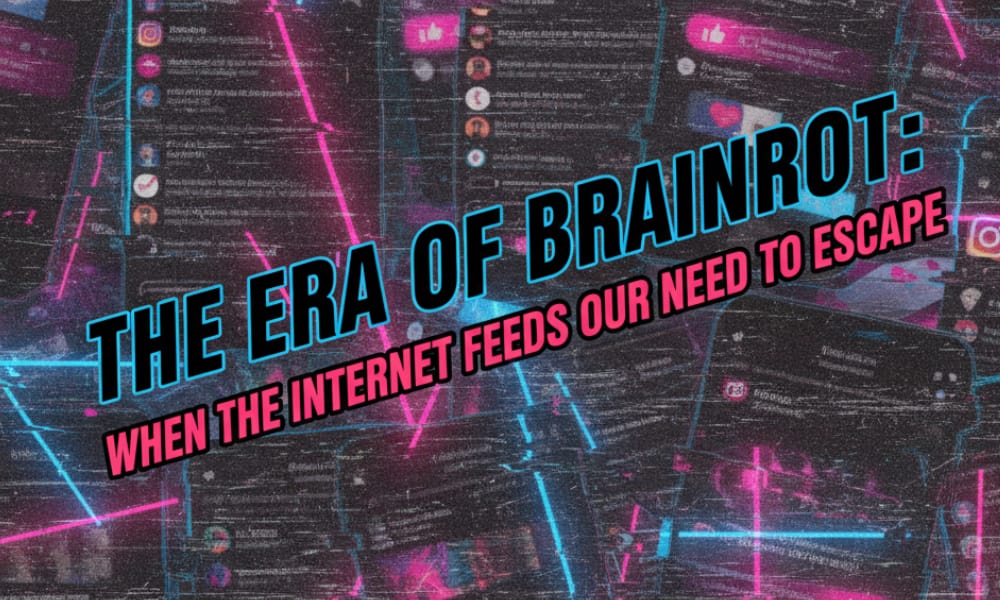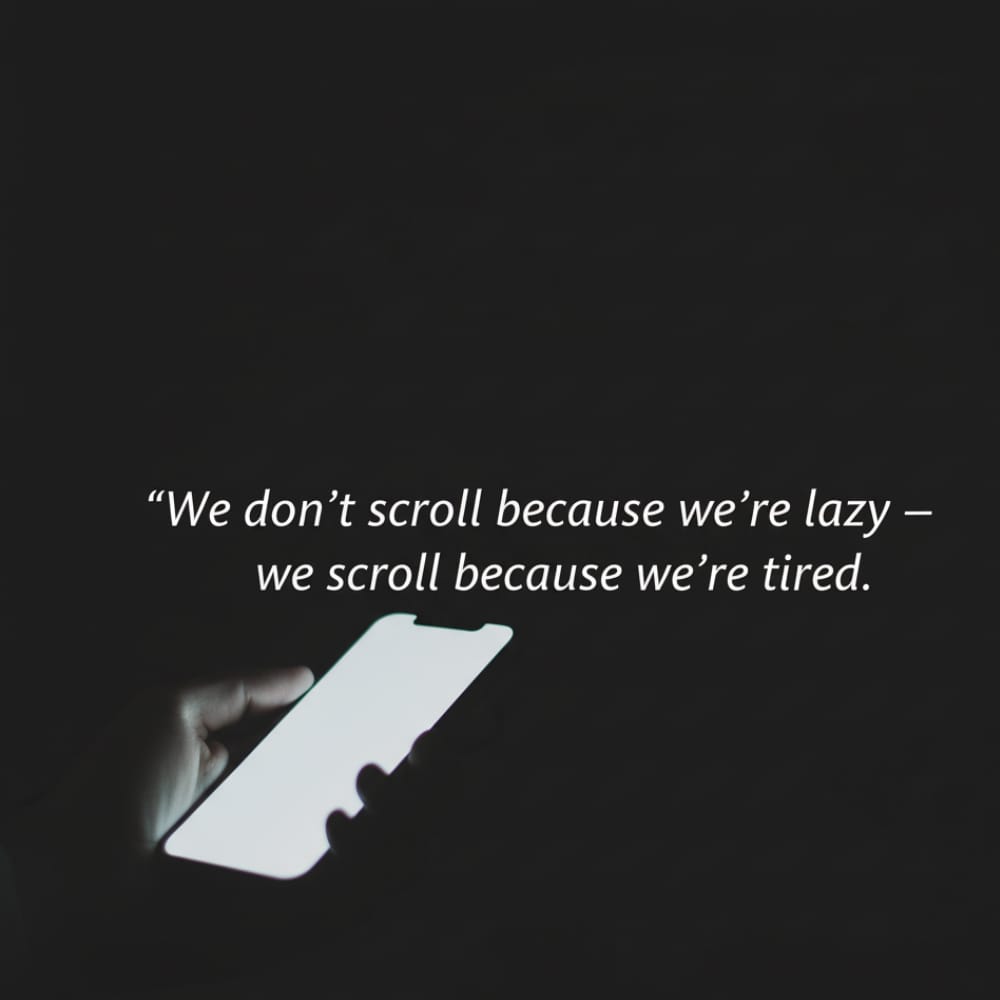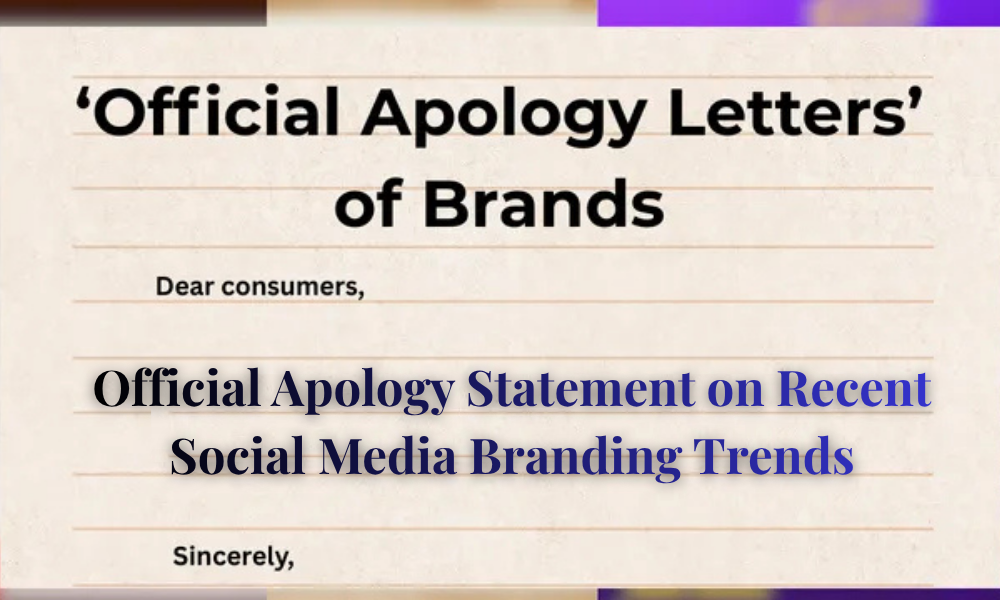Why We “Want” Brainrot: Getting away Through the Dopamine Circle of the Internet
If you’ve ever found yourself thoughtlessly looking over through TikTok or Instagram Reels, laughing at arbitrary clips that make zero sense, congrats, you’ve experienced brainrot. The word sounds emotional, but it’s become one of the most precise ways to depict how today’s web feels, quick, uproarious, absurd, and abnormally addictive.
But what precisely is brainrot, and why do we need it, indeed when we know it’s gradually depleting our consideration span?
Let’s burrow into what this social wonder says approximately our minds, our propensities, and the profound human require to escape.

What is “Brainrot”?
“Brainrot” is the slang term individuals utilize when their brains feel browned after consuming endless short-form content, ordinarily memes, ridiculous recordings, or hyper-fast edits that deliver instant excitement but no genuine substance. It’s not just about time wasted online; it’s about the feeling that your brain has been filled with static.
Think of the Skibidi Toilet memes, the perpetual AI-generated “Sigma” edits, or surreal “Ohio” content, all chaotic, aimless, but strangely captivating. That’s the substance of brainrot.
It’s the internet’s equivalent of junk food, fun at the moment, but not precisely nourishing.
The Dopamine Trap: Why Our Brains Crave It
Our brains are wired to look for rewards. Each time you scroll and discover something clever, stunning, or strangely fulfilling, your brain discharges dopamine, the “feel-good” chemical.
Platforms are designed around this very rule: to keep you snared by advertising consistent novelty and stimulation.
Brainrot content works particularly well since it doesn’t require thinking. It’s quick, erratic, and foolish, the perfect formula to keep your dopamine framework on high alert.
It’s not that we choose to decay our brains; our brains are essentially doing what they’re planned to do, chase incitement and maintain a strategic distance from boredom.
The Require for Escape
Let’s be genuine, life nowadays can feel overpowering. We’re continually beneath pressure: to perform, to be beneficial, to remain upgraded, to hustle. In the midst of all that chaos, brainrot offers a simple exit.
Scrolling through unreasonable videos feels like a mental get-away.
It’s easy to lose yourself in chaos when real life feels too serious or upsetting. For a few minutes, (or hours, if we’re being real), you can laugh at something senseless and disregard the weight of grown-up life, world news, or indeed your own thoughts.
In that sense, brainrot isn’t just about laziness, it’s about idealism. And possibly, it’s a sign that individuals are depleted, mentally over-burden, and longing for something that doesn’t demand too much of them.
How Algorithms Misuse Our Weaknesses
Social media platforms thrive on attention. The more you scroll, the more advertisements you see, and the more data they collect. So they plan algorithms that learn your behavior, what you observe, skip, or rewatch, and at that point surge you with similar content.
What’s terrifying is how the algorithm steadily limits your feed. Before long, your digital world becomes a circle of random sounds, distorted faces, and inside jokes that only make sense in your corner of the internet.
That’s when brainrot gets to be more than just “funny videos.” It gets to be a feedback circle of overstimulation, where your brain keeps longing for speedy hits but battles with moderate or calm moments.
It’s why reading a book or watching a 10-minute video feels “too long” now. Our brains have been rewired to anticipate consistent novelty.
The Passionate Side of Brainrot
Brainrot isn’t all negative, it has a social and emotional layer too.
For many, it’s a way to have a place. Sharing peculiar memes or utilizing viral slang makes a moment association in online spaces. There’s an interesting comfort in knowing millions of individuals “get” your amusingness, no matter how foolish it seems.
It’s also an emotional outlet. Individuals utilize memes and arbitrary humour to adapt with depression, uneasiness, or world fatigue. Laughing at nonsense can be shockingly mending when everything else feels too heavy.
So, while the word “brainrot” sounds like a caution, it’s also proof that individuals are finding imaginative ways to survive candidly depleting times, indeed if that implies turning chaos into comedy.

When Fun Turns into Fatigue
But there’s a flip side. When brainrot becomes your default mode of unwinding, your brain begins battling with stillness. Quiet feels ungainly. Long-form substance feels boring. Deep focus becomes nearly impossible.
This steady dopamine chase can lead to burnout, irritability, and a constant sense of anxiety, the correct inverse of the calm or alleviation you were looking for.
You might notice it when:
You can’t focus on movies, books, or conversations.
You scroll indeed when you’re tired or uninterested.
You feel on edge when you’re absent from your phone.
That’s when brainrot shifts from safe fun to a more profound issue, a kind of advanced dependency.
Breaking the Cycle: Finding Balance
You don’t need to totally erase social media or live like a monk. The objective isn’t to maintain a strategic distance from fun, it’s to recover control over how your brain spends its energy.
Here are a few ways to begin adjusting things out:
- Set micro-boundaries.
Try keeping your phone away amid dinners or before bed. Indeed brief breaks from scrolling help your brain reset.
- Consume with intention.
Follow makers who make you think, laugh genuinely, or learn something, not just those who keep you stuck in endless loops.
- Rethink “fun.”
Remember what used to make you feel lively before endless scrolling, hobbies, strolls, profound talks, creativity. Return to those moments.
The thought isn’t to elude brainrot totally (it’s part of advanced culture presently), but to keep it as a snack, not your fundamental course.
So… Why Do We Still Need It?
Because it’s simple. Since it’s funny. Because in a world that’s always serious, craziness feels refreshing.
We need brainrot not because we’re sluggish or broken, but because it offers something real life frequently doesn’t, instant joy with no expectations.
But like any comfort, too much of it can numb us. And perhaps the challenge of our era is learning how to laugh at the chaos, without losing ourselves to it.
Conclusion
In conclusion, brainrot isn’t the end of the world, it’s a reflection of it. A reflection of our collective fatigue, humor, and need for diversion. We just need to keep in mind: the internet may bolster our dopamine, but it shouldn’t characterize our peace.
So the next time you drop into a scroll hole, laugh, appreciate, then look up.








